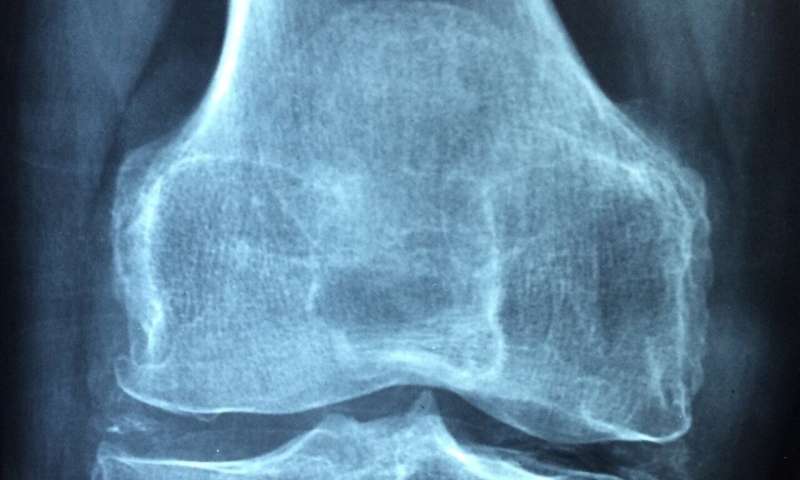What do you know about rheumatic diseases?

September is Rheumatic Disease Awareness Month, which makes this a good time to learn about four common rheumatic diseases: Ankylosing spondylitis, gout, juvenile idiopathic arthritis and lupus.
Ankylosing spondylitis
Ankylosing spondylitis is an inflammatory disease that can cause some of the small bones in your spine to fuse. This fusing makes the spine less flexible and can result in a hunched-forward posture. If ribs are affected, it can be difficult to breathe deeply.
Ankylosing spondylitis affects men more often than women, typically beginning in early adulthood. Early signs and symptoms of ankylosing spondylitis can include pain and stiffness in your lower back and hips, especially in the morning and after periods of inactivity. Neck pain and fatigue also are common. Over time, symptoms might worsen, improve or stop at irregular intervals.
There is no cure for ankylosing spondylitis, but treatments can lessen your symptoms and possibly slow progression of the disease.
Gout
Gout is a common and complex form of arthritis characterized by sudden, severe attacks of pain, swelling, redness and tenderness in one or more joints.
Gout occurs more often in men than in women. Men are also more likely to develop gout earlier—usually between 30 and 50, whereas women generally develop signs and symptoms after menopause. The signs and symptoms of gout almost always occur suddenly and often at night. These signs and symptoms can include intense joint pain, inflammation and redness; lingering discomfort lasting days to weeks; and limited range of motion.
Gout symptoms may come and go, but there are ways to manage symptoms and prevent flares.
Juvenile idiopathic arthritis
Juvenile idiopathic arthritis, formerly known as juvenile rheumatoid arthritis, is the most common type of arthritis in children under 16.
Juvenile idiopathic arthritis can cause persistent joint pain, swelling and stiffness. Some children may experience symptoms for only a few months, while others have symptoms for many years.
Some types of juvenile idiopathic arthritis can cause serious complications, such as growth problems, joint damage and eye inflammation. Treatment focuses on controlling pain and inflammation, improving function, and preventing damage.
Lupus
Lupus is an autoimmune disease that occurs when your body's immune system attacks your tissues and organs. Inflammation caused by lupus can affect many body systems, including your joints, skin, kidneys, blood cells, brain, heart and lungs.
Lupus is more common in women than in men, and while it affects people of all ages, it's most often diagnosed between 15 and 45. Lupus can be difficult to diagnose because its signs and symptoms often mimic those of other ailments. The most distinctive sign of lupus—a facial rash that resembles the wings of a butterfly unfolding across both cheeks—occurs in many but not all cases of lupus.
Some people are born with a tendency toward developing lupus, which may be triggered by infections, certain drugs or even sunlight. While there's no cure for lupus, treatments can help control symptoms.
©2021 Mayo Clinic News Network. Distributed by Tribune Content Agency, LLC.
















